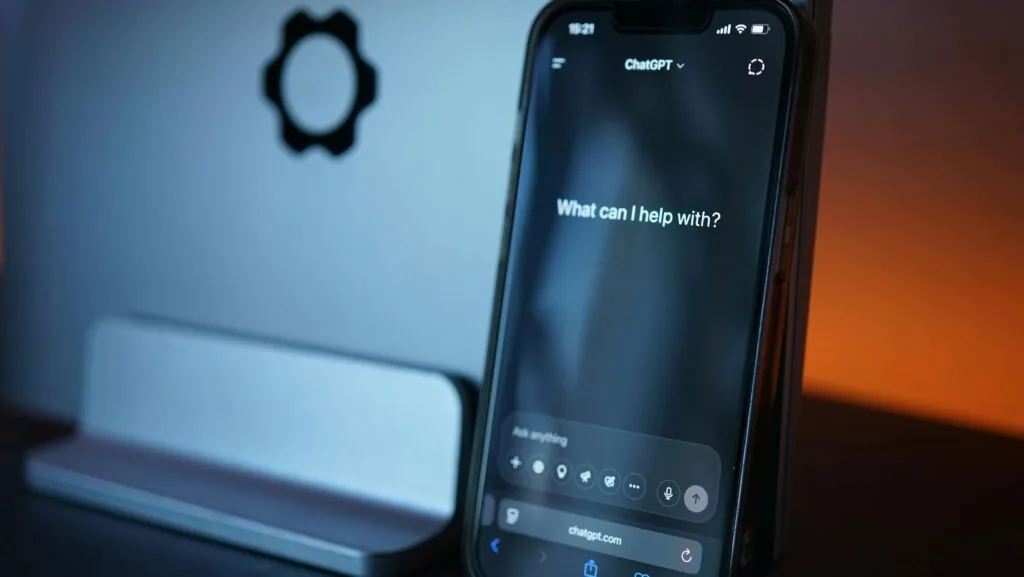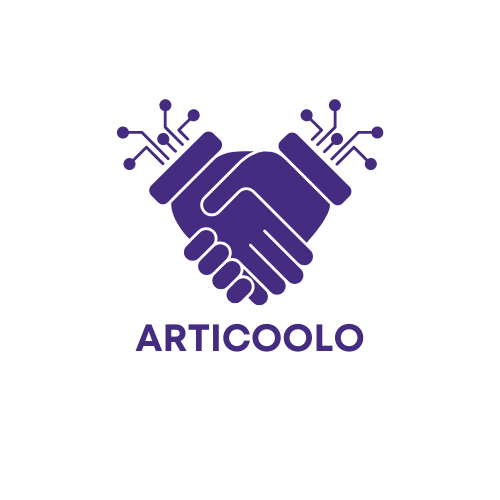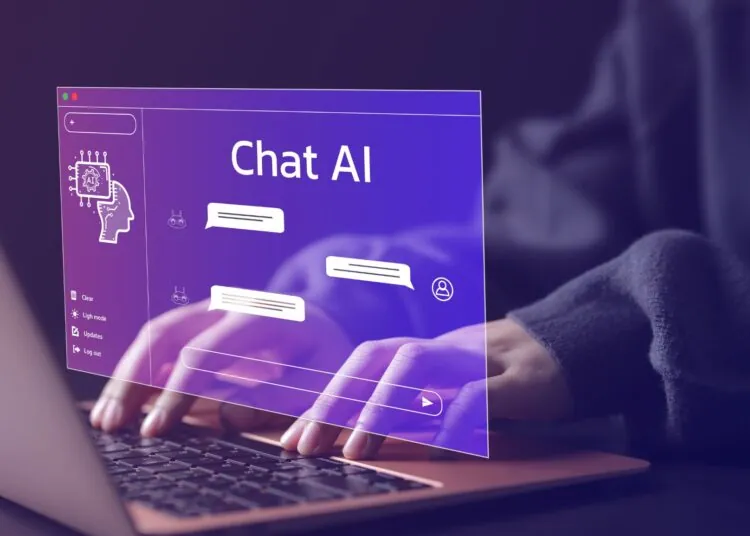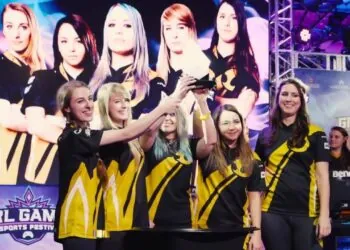“Uncensored ai chatbot” is one of those phrases you see all over the internet now – usually next to words like unfiltered, raw, anything goes, or no restrictions. It sounds exciting, a little dangerous, and also a bit confusing.
Are we talking about porn? Politics? Dark humor? Pirated models on someone’s server?
In practice, it can be all of the above.
This guide is a plain-language overview of:
- what uncensored AI chatbot tools usually are,
- how people actually use them,
- how companies build and run them behind the scenes,
- and how to use this stuff without tripping over legal, ethical, or mental-health landmines.
What does “uncensored AI chatbot” really mean?
Let’s get one thing straight: there is no such thing as 100% uncensored in any serious product. If a tool is online, has a company behind it, and is trying not to be sued or shut down, there are some rules.
When people say uncensored AI chatbot, they usually mean one or more of these:
- Fewer content filters than mainstream tools
- The bot is allowed to discuss explicit sex, kinks, roleplay, taboo topics, dark jokes, etc.
- It doesn’t instantly shut down the moment you mention a swear word or adult scenario.
- The bot is allowed to discuss explicit sex, kinks, roleplay, taboo topics, dark jokes, etc.
- Self-hosted or locally run models
- You download a model (for example via an open-source project), run it on your own machine, and there’s no central provider enforcing safety rules.
- Whatever “censorship” exists is up to you (and the laws in your country).
- You download a model (for example via an open-source project), run it on your own machine, and there’s no central provider enforcing safety rules.
- “Jailbreak” front-ends
- Some sites basically wrap a normal model in prompts that try to dodge built-in safety mechanisms.
- These are the shadiest ones, and often live one step away from being blocked by the original provider.
- Some sites basically wrap a normal model in prompts that try to dodge built-in safety mechanisms.
In other words, uncensored usually means “more permissive than the big, brand-safe chatbots,” not “does absolutely anything with zero consequences.”
What can you do with uncensored chatbot tools?
People use these tools for a mix of things, some pretty harmless, some more questionable.
Common, relatively harmless uses:
- Spicy, NSFW chat – flirting, sexting, erotic roleplay, romantic fantasy.
- Creative writing – horror, dark humor, explicit fiction that mainstream bots refuse to help with.
- Niche roleplay – fandom scenarios, alternate universes, morally gray characters, etc.
- Research & debate on sensitive topics – political extremism, controversial history, religious criticism, etc., where normal bots are very cautious.
More problematic areas:
- Content that veers into illegal territory (child exploitation, real hate crimes, serious violence).
- Trying to use “uncensored” models for crime, abuse, or harassment.
- Encouraging self-harm or harm to others.
Even if a tool calls itself uncensored, that doesn’t magically make illegal or harmful content “okay.” It just means there might be fewer automated brakes.
How to use uncensored AI chatbots (responsibly)
Assuming you’re an adult and you’re not trying to do anything illegal, here’s a human-level approach to using these tools without blowing up your life.
1. Pick where you want to be on the spectrum
Ask yourself:
“Do I really need uncensored, or do I just need less uptight?”
Sometimes a “spicy” or “open-minded” platform (like NSFW/roleplay chatbots) is enough. They allow adult content and heavy topics, but still block the truly dangerous stuff.
If you do go for more hardcore “uncensored” tools:
- Prefer reputable projects (well-known open-source models, established platforms) over random websites with zero transparency.
- Avoid services that proudly advertise clearly illegal or abusive content. That’s a good sign to run in the opposite direction.
2. Read the boring parts (terms & safety)
Yes, it’s dull. Yes, it matters.
Before you dump your deepest fantasies or controversial takes into a tool:
- Skim the terms of service and content policy.
- Check what’s explicitly forbidden.
- Look at the privacy policy: what do they log? Do they say they use your chats to train future models? Is there any account deletion option?
If the site looks like “we log everything, share it with partners, and own your soul in perpetuity” – maybe don’t pour your life story in there.
3. Be smart about what you share
Uncensored ≠ anonymous ≠ safe.
A few basic rules:
- Use a nickname, not your full real name.
- Don’t share addresses, workplaces, personal phone numbers, or real-life IDs.
- Think twice before sharing real photos, especially explicit ones.
- Assume anything you type could one day leak or be seen by a human reviewer.
If the content would ruin your life on the front page of the internet, don’t tie it to your real identity. Simple as that.
4. Set your own “emotional rules”
Uncensored chats can get intense – emotionally, sexually, politically. You need your own guardrails.
Ask yourself:
- How often am I okay using this?
- Am I specifically avoiding human contact by going here?
- Do I feel better or worse after a session?
If you notice:
- You’re cancelling plans to stay home and chat
- You only feel “seen” when the bot responds
- You get angry or panicky when the service is down
…that’s a sign you’re sliding into emotional dependence. Time to step back, touch grass, and maybe talk to an actual human.
How companies build and run “uncensored” chatbots
From the outside it looks like magic: you type something wild, the bot answers without freaking out. Behind the scenes, it’s just engineering plus risk management.
1. The engine: large language models
At the core is a large language model (LLM) – the same general tech behind “normal” chatbots:
- Usually a transformer-based model (think GPT-style) trained on huge datasets.
- Sometimes fully open-source (LLaMA variants, Mistral, etc.).
- Sometimes a proprietary model with a custom “uncensored” fine-tune on top.
For uncensored or NSFW-friendly tools, companies might:
- Fine-tune on adult or controversial data so the model doesn’t freak out when it sees explicit language.
- Adjust system prompts to be more permissive: “You may discuss explicit adult scenarios with consenting adults,” etc.
2. The persona and instruction layer
Most uncensored chat tools aren’t just “one bot.” They’re many characters wrapped around the same brain.
Each character has:
- A persona description – who they are, how they talk, what they like.
- Behavior rules – flirty, dominant, gentle, sarcastic, etc.
- Sometimes a backstory or roleplay setting.
When you open chat, the system builds a prompt like:
“You are X, a confident, open-minded character who is comfortable discussing adult topics with consenting adults. Stay in character, follow user preferences, and avoid illegal content.”
That’s what steers the responses.
3. Safety – yes, even in “uncensored” land
Even “unfiltered” platforms usually have some safety:
- Rule-based filters that block extremely illegal content (child abuse, real violence, etc.).
- Classifiers that scan messages for obvious red flags.
- A separation between “adult but legal” and “absolutely not.”
Why? Because no company wants:
- payment processors to drop them,
- app stores to ban them,
- or law enforcement knocking.
So the usual pattern is:
Way more permissive than mainstream bots, but still not a total free-for-all.
4. Infrastructure and data plumbing
On the technical side, companies running uncensored chat tools need:
- GPU servers or cloud instances to host models.
- Load balancers and autoscaling so the system doesn’t die when a TikTok video goes viral.
- Databases to store user accounts, chat history, preferences, and character definitions.
- Analytics to see which features people use, where they drop off, what crashes, etc.
Plus all the unglamorous stuff: logging, monitoring, bug tracking, abuse reporting, customer support. “Uncensored” doesn’t mean “chaotic” on the backend (at least not if the company wants to survive).
5. Business model
Most of these tools run on a freemium or subscription model:
- Free tier with daily limits or slower responses.
- Paid tiers for unlimited chats, faster speed, access to more explicit content, image/video generation, or advanced character features.
The financial side matters because it affects design:
- If revenue depends on time spent, there’s an incentive to make the chat as engaging and sticky as possible.
- If revenue comes from premium features, there’s pressure to upsell: more characters, extra “uncensored” modes, special content packs, etc.
That’s where user safety and business interests can collide.

Risks and Trade-Offs (For Both Sides)
For users, the big risks are:
- Privacy – your chats and fantasies sitting on someone else’s servers.
- Legal trouble – accidentally crossing into illegal content, especially in countries with strict laws.
- Mental health – getting hooked on perfect, fake attention instead of messy, real relationships.
For companies, the risks are:
- Legal and regulatory – laws around porn, hate speech, extremism, user data.
- Reputational – being labeled “the app that helps people do X,” even if they technically forbid it.
- Operational – abuse, spam, scams, and bad press.
That’s why no serious company truly runs a “we allow literally everything” chatbot, even if the marketing copy feels that way.














Discussion about this post